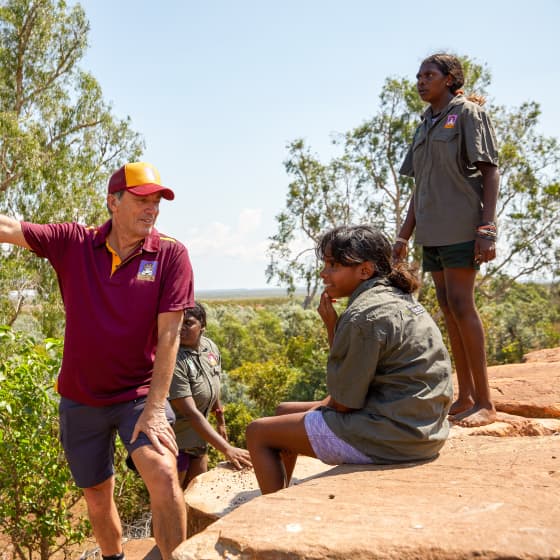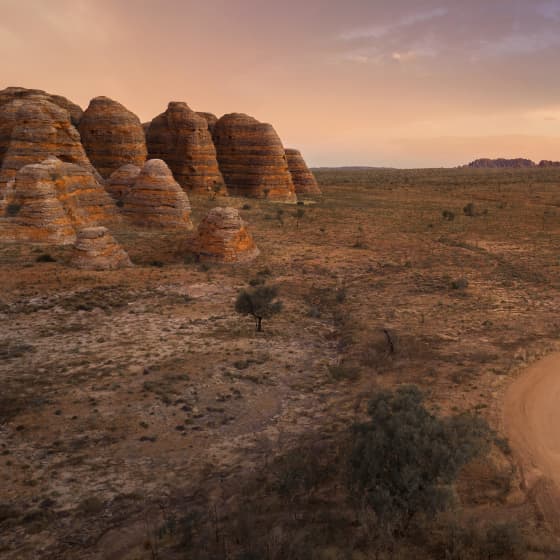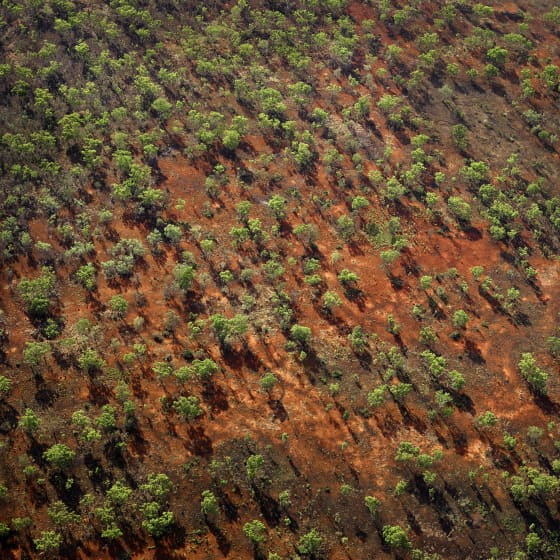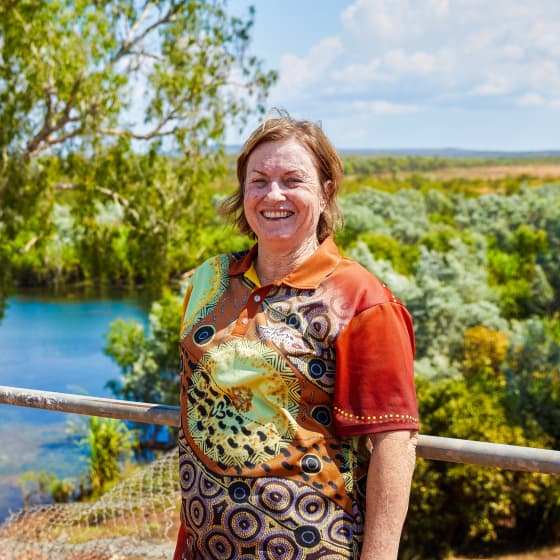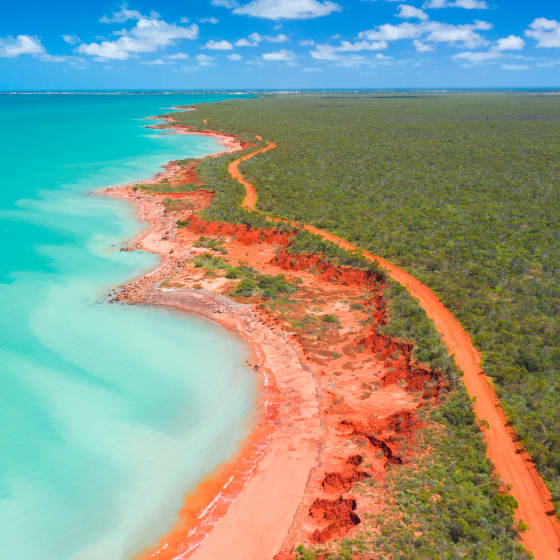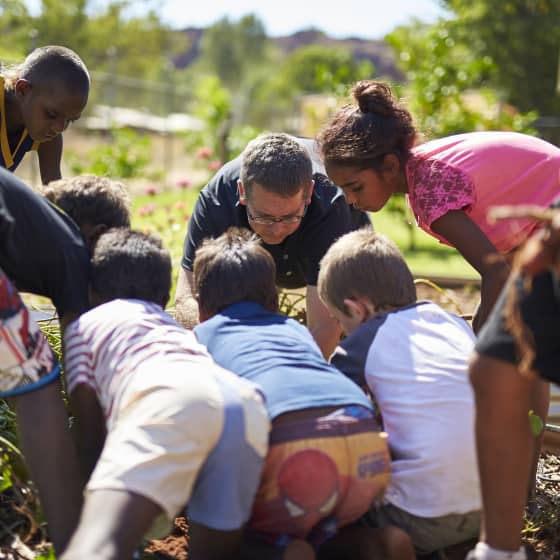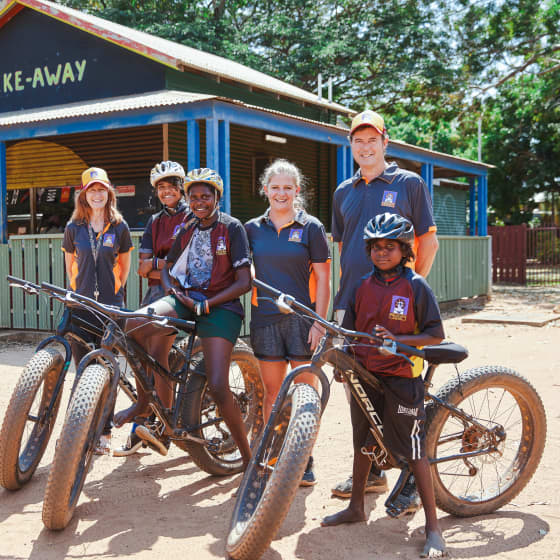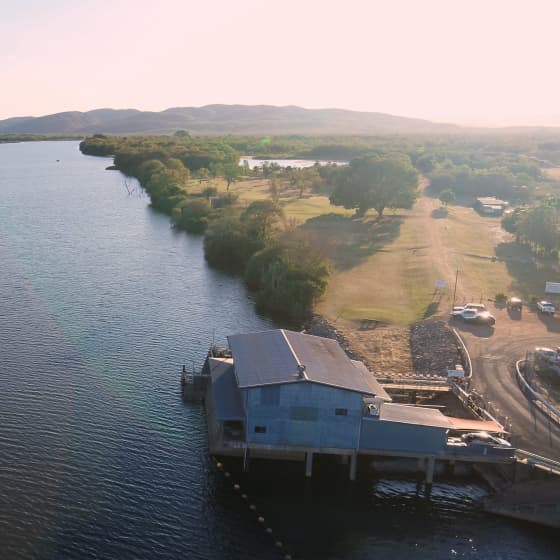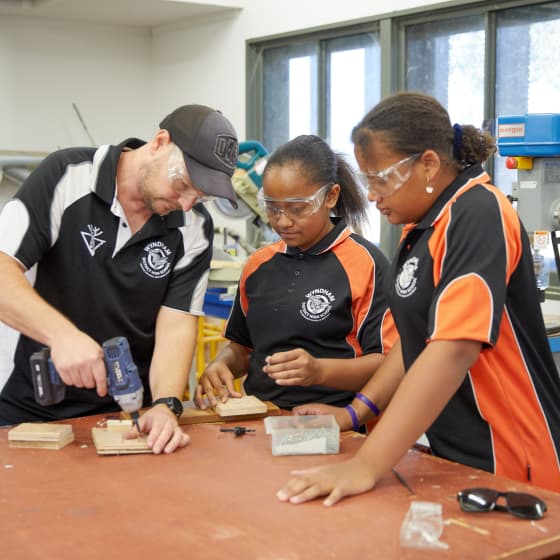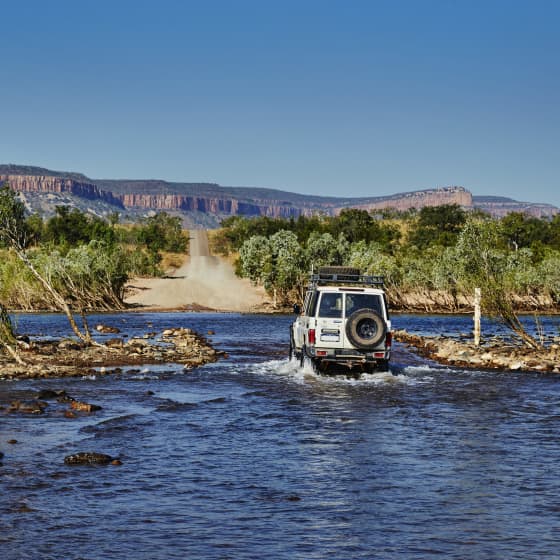Kimberley
Join us and shape the future of young people and their communities across the Kimberley region.
View current opportunitiesKimberley
Located in the far north of Western Australia our Kimberley region’s ancient landscapes are as beautiful and varied as the land is vast.
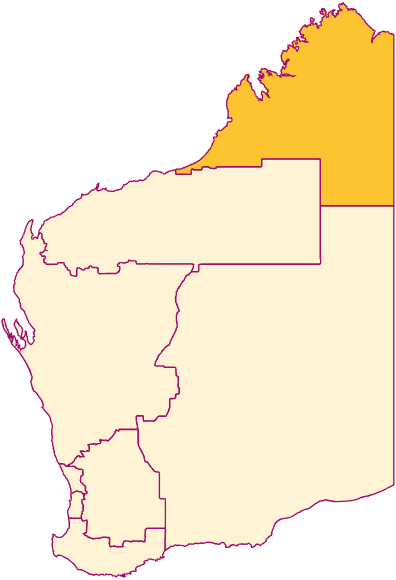
Though the region is sparsely populated and many places considered remote, it is incredibly rich in culture and a highly rewarding experience for those passionate about education. Here you will find natural wonders, prolific wildlife, and the opportunity to be a part of a community and immerse yourself in local Aboriginal knowledge.
The Kimberley’s population of over 39,000 is made up of predominantly young people, with Aboriginal people representing almost 50% of the population, compared to 2.5% of the nation’s population.
Schools play important roles in many communities, giving you the opportunity to work closely with the community and their young people to achieve positive student outcomes.
Find out what it's like to live and work in the Kimberley.

Teaching in the Kimberley can be incredibly rewarding for confident teachers looking for a challenging role. Schools offer an abundance of professional and personal growth as well as a unique opportunity to make a significant difference in the lives of students and their communities.
Most schools in the Kimberley are separated by large distances with 12 remote schools spread throughout the region. Broome, a thriving tourist destination, is the largest town in the region with large primary schools and a senior high school. Near the Northern Territory border, Kununurra offers a town centre with a primary school and four small surrounding district high schools that support nearby communities.
The Kimberley education region encompasses over 30 traditional Aboriginal language groups and students come from a range of backgrounds and schooling experiences. Cultural awareness and an appreciation of the importance of family and relationships are essential to establish trust and a good working relationship with students, their family and wider community.
Schools focus on providing a supportive and culturally responsive environment to engage students and embed Aboriginal culture and history through two-way learning. Significant professional development in explicit instruction and supporting a common teaching and learning framework across schools, is a feature of the Kimberley education region.
Teachers need to be flexible, resilient and able to work closely with their colleagues. Kimberley schools are often a mix of experienced staff and those new to teaching or leadership positions. They are passionate about meeting the education needs of their students, providing high levels of enthusiasm and support.
The Kimberley is a place like no other and while it is a considerable distance from Western Australia’s capital city, Perth, living in this unspoiled and stunning region and connecting with local communities and culture is a once-in-a-lifetime experience.
The Kimberley has a sub-tropical climate featuring distinct wet and dry seasons. You will find clear blue skies and warm weather during the ‘dry’ (May to October), with tourists from around the world flocking to destinations all over the region. The wet season (November to April) offers a more challenging environment to live and work in, with hot and humid weather. However, this offers Kimberley residents the truly unique experience to see the landscape change and flourish as watering holes fill, waterfalls come alive and wildlife thrives.
Most people live in Broome and Kununurra, with the remaining population spread across the smaller towns of Derby, Fitzroy Crossing, Halls Creek, Wyndham and other remote Aboriginal communities. Housing is provided through the Government Regional Officers Housing (GROH) program with generous allowances and additional benefits. Housing in the Kimberley is built to withstand the wet season, including downpours and possible cyclones. Houses are air-conditioned and subsidies are offered to teachers in the region to help with the additional costs of living in the region.
Many teachers take advantage of the summer holidays to avoid the heat, by travelling to Perth or exploring other destinations around WA or beyond. To fly from Broome to Perth is approximately 2.5 hours, or a 23-hour drive. To fly from Kununurra to Perth is just a little over 3 hours or a 32-hour drive.
Broome Airport (BME) and the East Kimberley regional airport, also known as Kununurra airport (KNX) service domestic flights from Perth and Darwin all year round, with Brisbane and Sydney direct flights during the dry season (April to September).
The economy in the Kimberley is diverse and dominated by the mining industry. Agriculture, construction, tourism and retail also contribute to the region’s economy. A full range of services and shopping options are available in Broome and in Kununurra, with amazing food, luxury accommodation, and a bustling tourism industry in the dry season.
There is a reason people come from around the world to explore the Kimberley - the remote and untamed beauty of the region. Bigger than many countries – and nearly 1.8 times the size of the United Kingdom – the region features pristine coastlines and ancient lands with beautiful beaches, rugged ranges and endless gorges, grasslands and waterways.
The Kimberley is one of the earliest places in Australia to be settled, with humans first landing about 65,000 years ago, giving the region a rich history filled with Aboriginal culture and knowledge. It is also home to some of the oldest Aboriginal rock art in Australia, estimated to be about 40,000 years old.
Each town in the Kimberley offers a different access point to the region's natural features including beaches around Broome, the impressive man-made Lake Argyle in Kununurra, the magnificent Mitchell Falls and the many gorges, waterfalls and swimming holes along the Gibb River Road.
The Kimberley is home to many national parks with guided tours or public access areas available for you to explore. Many locals enjoy hiking, swimming and camping in the dry season and fishing during the wet. The wide-open space and untouched wilderness mean minimal light pollution, allowing clear and expansive starry night skies.
When you’re teaching in the Kimberley you will have it all on your doorstep to explore and experience, all while you develop your career and make an important positive impact on the students and communities in which you immerse yourself.
Explore the schools in our Kimberley region
Explore the schools in our Kimberley region
The Kimberley is WA's most northern region, internationally recognised for its unique landscape and rich Aboriginal culture.
The Kimberley is WA's most northern region, internationally recognised for its unique landscape and rich Aboriginal culture.
